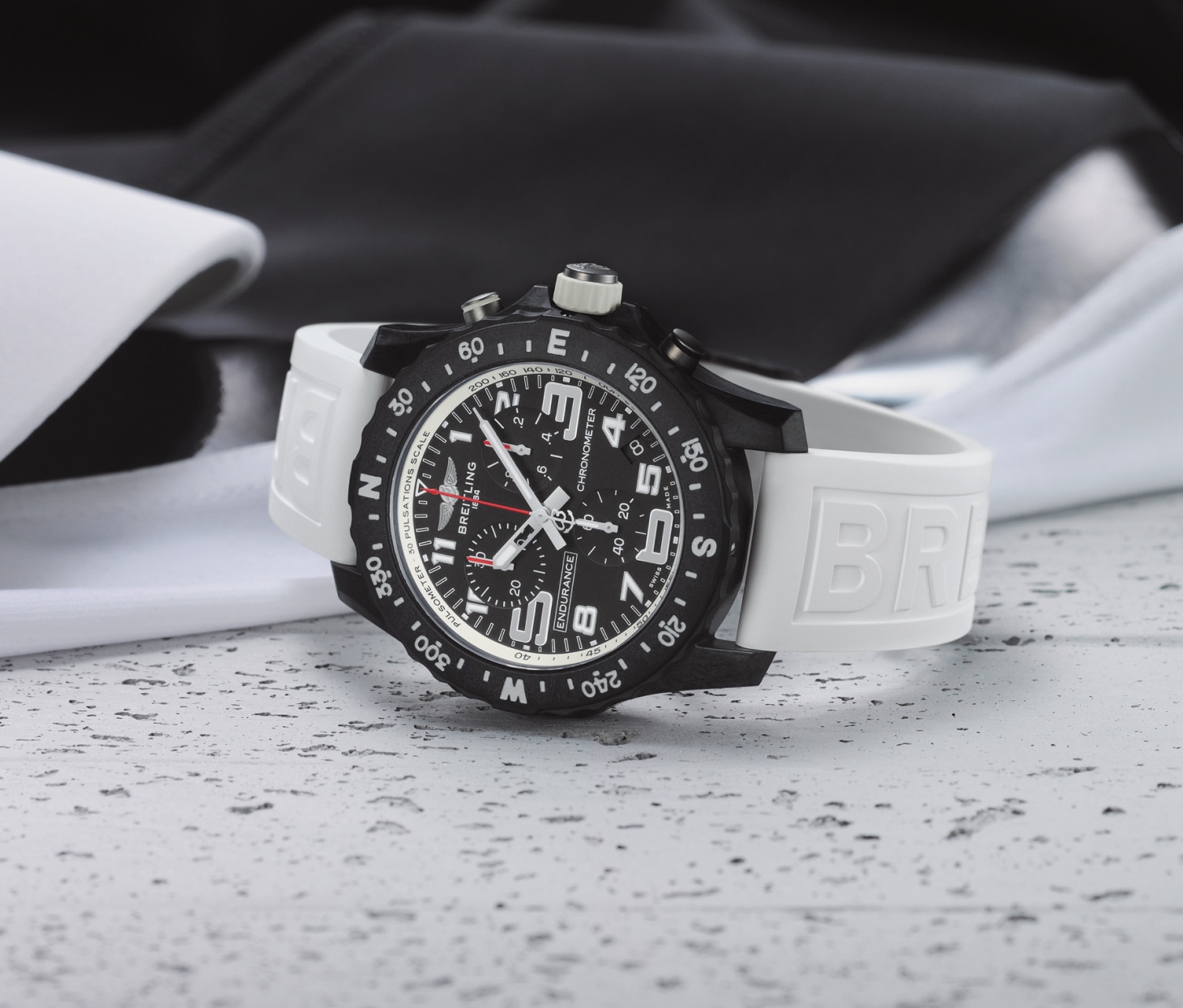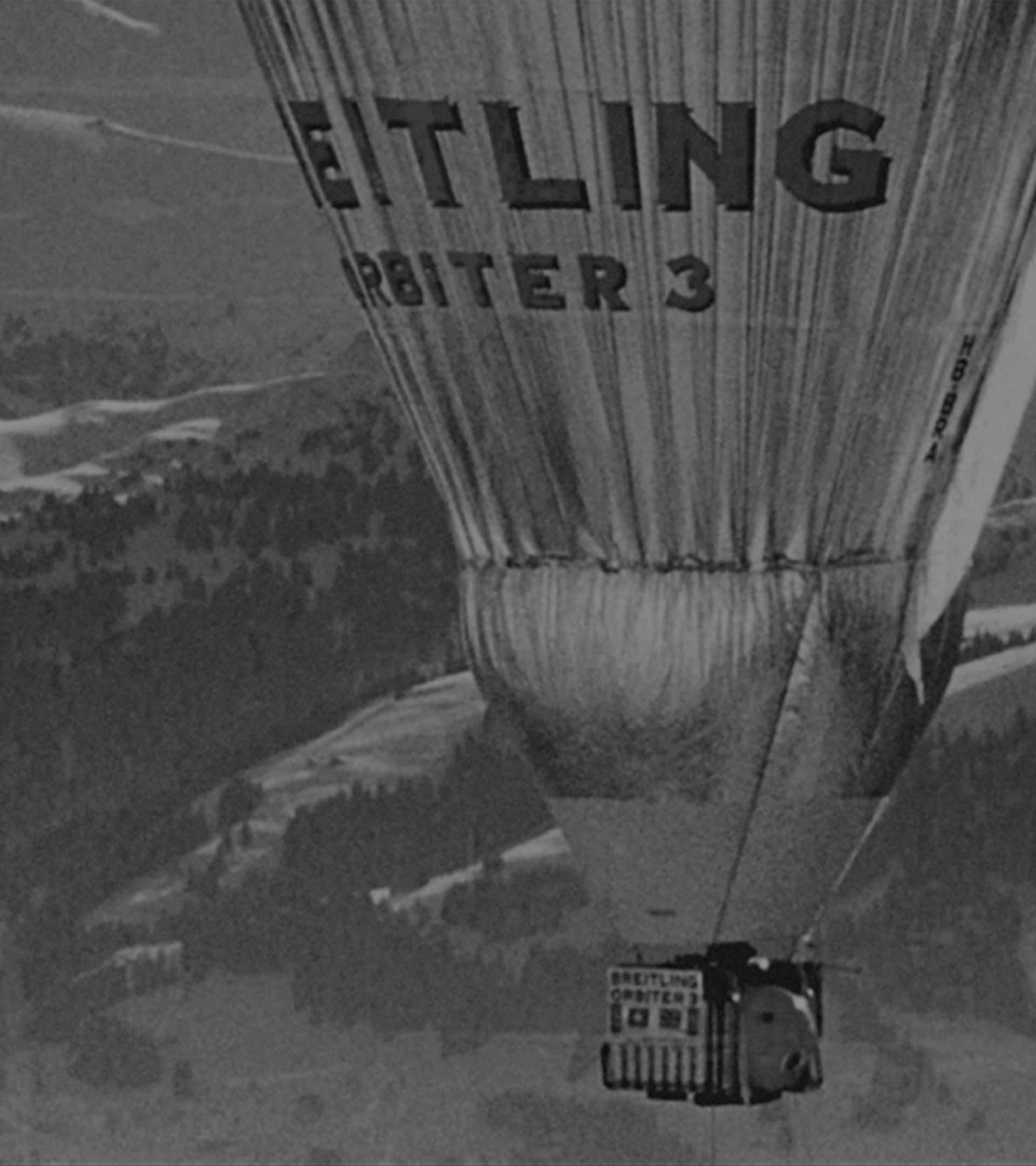

PROFESSIONAL
Professional
Since the late 1930s, when Breitling’s HUIT Aviation Department developed onboard clocks for Allied forces, professional-grade precision instruments have defined the brand’s DNA. Decades later, in 1979, Willy Breitling passed the baton to aviation enthusiast and entrepreneur Ernest Schneider, whose son, Theodore Schneider, continued the legacy from 1994 until 2017. While preserving the heritage of iconic timepieces like the Navitimer, father and son embraced technological innovation, advancing Breitling’s tradition of creating sophisticated, multifunctional instruments tailored for explorers and professionals alike.
1985
AEROSPACE
In 1985, Breitling introduced the Aerospace. This innovative, multi-functional quartz chronograph was equipped with the latest generation of Swiss technology including a double display—analog and digital—and two LCD (liquid crystal display) screens. But what made the Aerospace unique was its simple and logical control system. All its functions—hours, minutes, and seconds display, chronograph timing to 1/100 of a second, alarm, countdown, second timezone, calendar, and more—were accessible using only the crown. This gave the Aerospace an intuitive and unprecedented simplicity of use combined with a sleek and understated design. Another feature that attracted a great deal of attention was its titanium case, a favorite in aviation circles, which offered both strength and lightness. And—inspired by the successful Chronomat launched a year before—the bezel came with rider tabs.
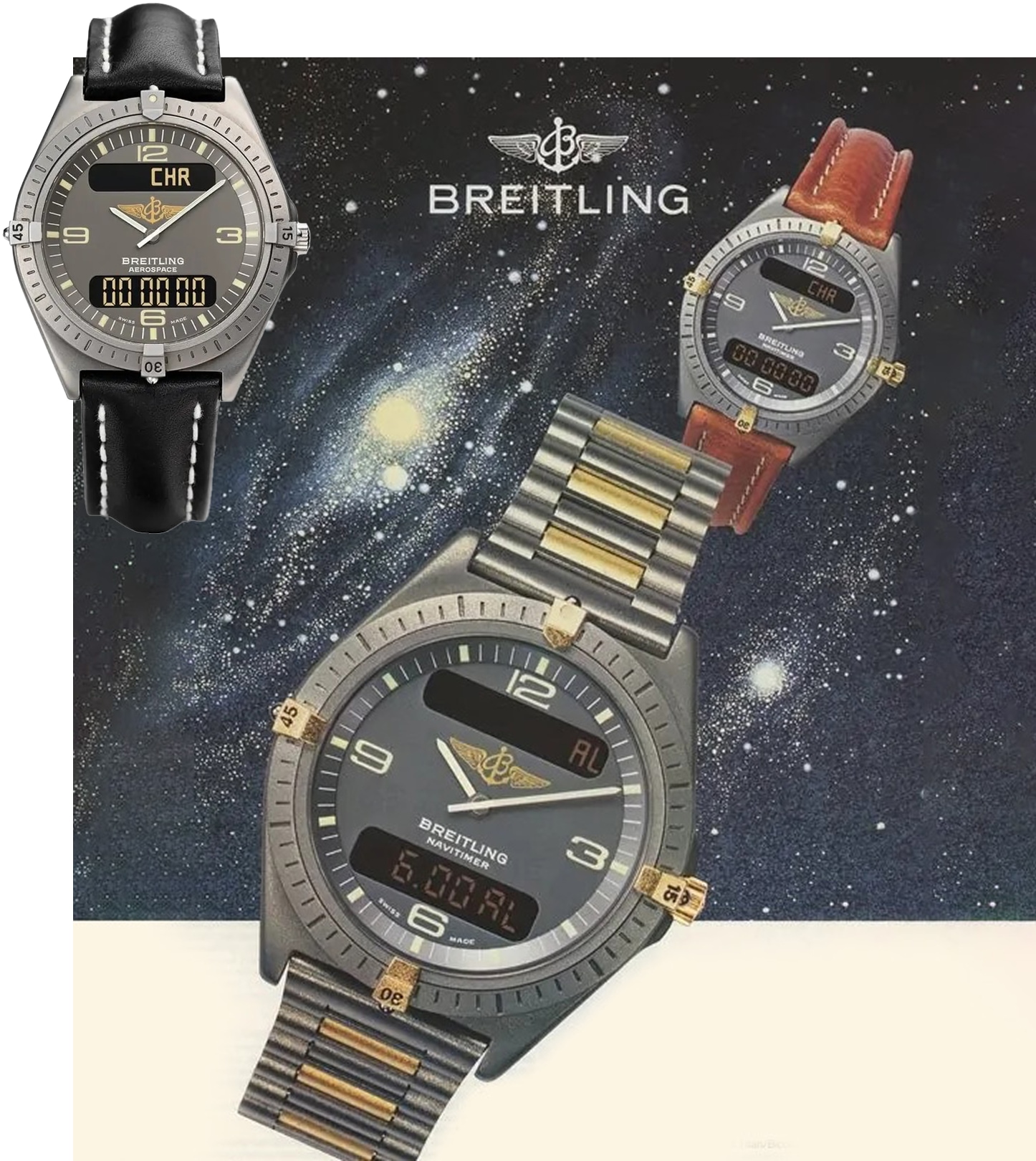



1995
EMERGENCY
In 1995, Breitling officially launched what would soon become the ultimate wrist-worn rescue instrument for the adventurer: the Emergency. This watch was a high-tech gem that integrated an emergency locator transmitter (ELT) in its 43 mm titanium case, enabling it to send signals at the international air distress frequency (121.5MHz). To develop the ELT and the specific integrated circuit, Breitling worked with Dassault Electronique, the specialized division of the famous French aircraft builder. In case of an emergency, the user needed to unscrew the main antenna’s safety cap (on the lower right part of the case) and deploy the antenna to its maximum length. The auxiliary antenna, located on the other side of the case, allowed the transmitter’s radiated power to be increased. The signal range depended mainly on the nature of the terrain, the location of the watch, and the altitude of the search plane.
The transmitter’s speed can be as great as 400 km per hour at the top of a mountain. In an aircraft flying at 10,000 m while on a flat terrain or on a boat, it varies from 36 km per hour for an aircraft flying at 900 m to 160 km per hour for an aircraft flying at 6,000 m.
Throughout its development, the Emergency underwent countless tests in the laboratory and in real-life situations, under a wide variety of conditions. It was also tested by various search and rescue organizations and armed forces. In December 1995, it proved its effectiveness in the field during a search-and-rescue exercise in Hong Kong conducted by members of the Asia-Pacific region (the Royal Air Force, the Royal Navy, the U.S. Air Force, the U.S. Navy, the U.S. Coast Guard, the Japanese Maritime Safety Agency, and the Government Flying Service of Hong Kong). And in 1997, it saved the lives of 13 crew members from the “Mata-Rangi,” a reed boat that had sailed for Australia from Easter Island and was blown off course by a storm to a location off the coast of Chile. Subsequently, it was also used by the world’s most famous jet teams including the Frecce Tricolori, the Patrouille Suisse and the Blue Angels.
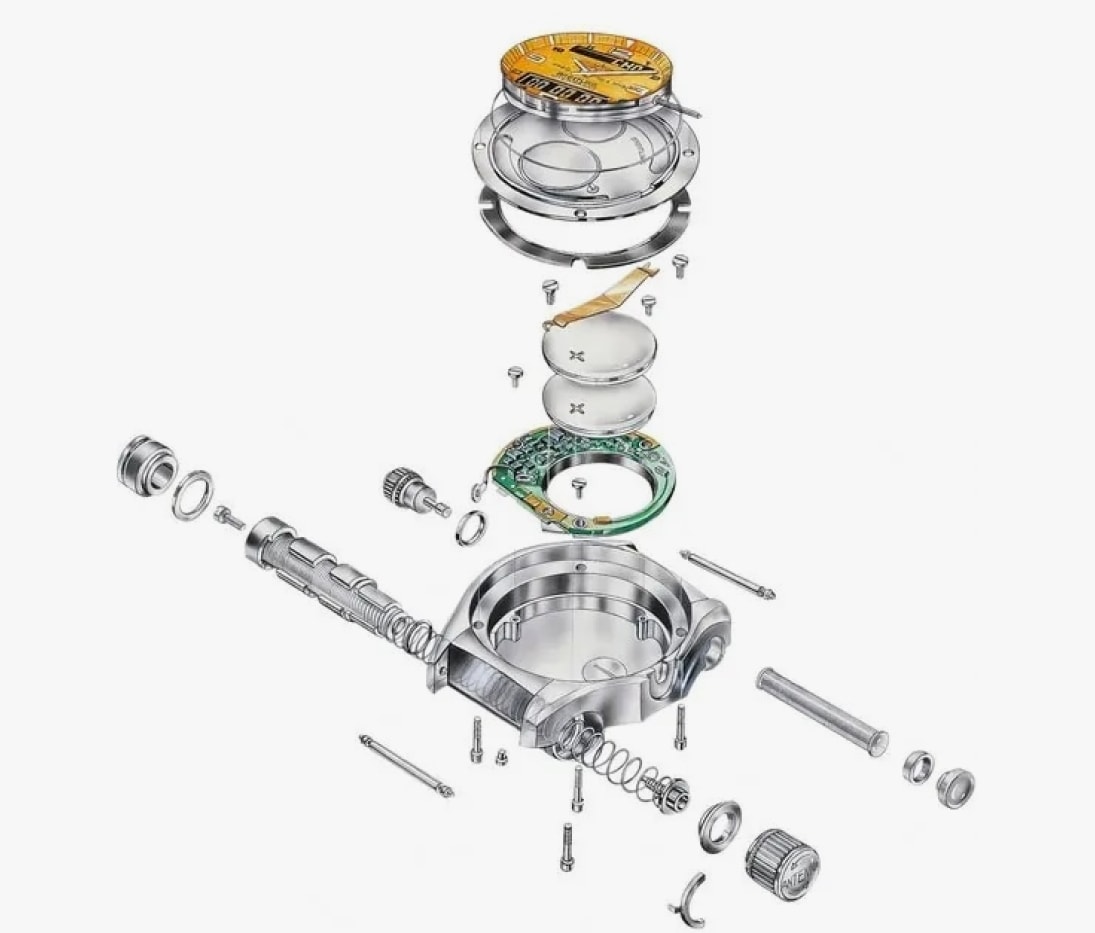

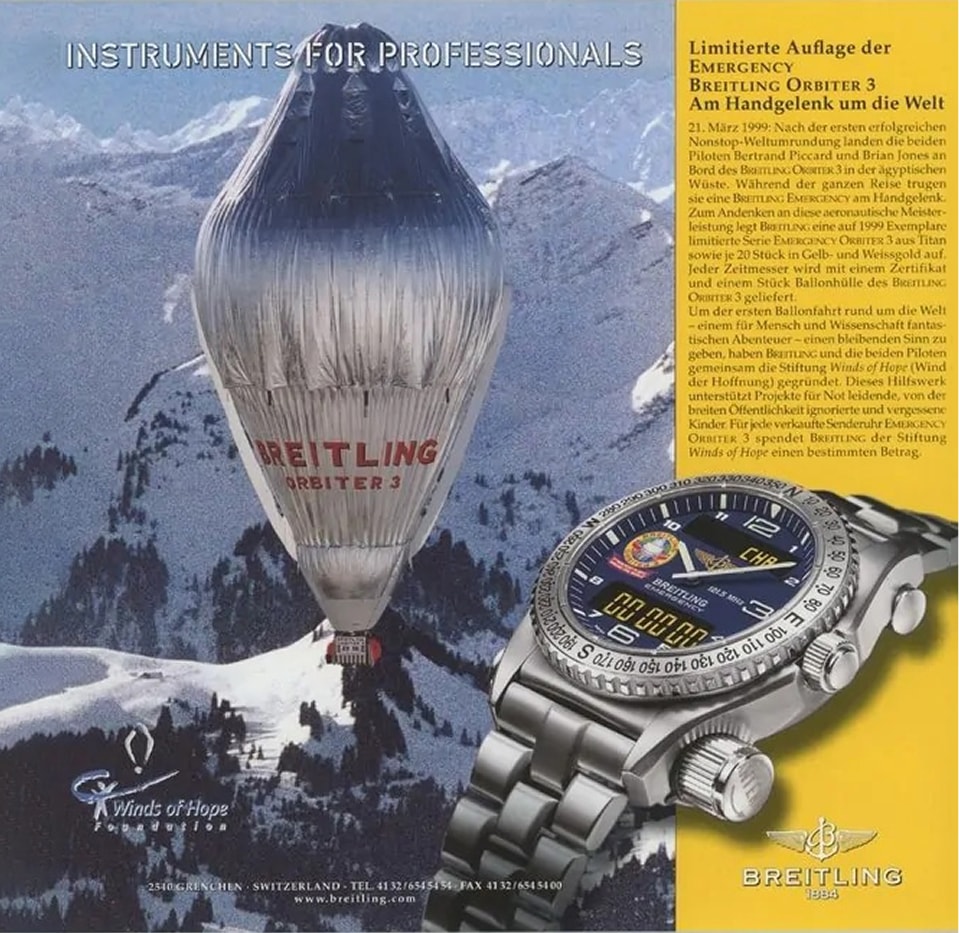

1999
THE WORLD FIRST ROUND-THE-WORLD BALLOON FLIGHT
In 1999, the Breitling Emergency completed the first-ever nonstop around-the-world balloon flight on the wrists of Bertrand Piccard and Brian Jones aboard the Breitling Orbiter 3 balloon. This groundbreaking journey started on March 1, 1999, when the Breitling Orbiter 3 balloon lifted off from Château-d’Oex in the Swiss Alps, taking advantage of the perfect “weather window.” The balloon first traveled southwest to catch the jet stream above Morocco. Once it reached longitude 9°27'W, which was used as its starting meridian, it turned straight east to begin its journey around the world. On March 20 at 9:54 GMT, the Breitling Orbiter 3 completed its journey by crossing the starting meridian in the skies of Mauritania, permanently adding its name to the annals of aviation history. The next day, it landed in the Egyptian desert. In 2000, the Breitling Orbiter 3’s capsule became part of the collections of the Smithsonian National Air and Space Museum in Washington, D.C., the world’s most prestigious aviation museum. It found a place of honor in the Milestones of Flight exhibit, among the machines involved in the most exciting episodes of the conquest of the skies, next to the Wright brothers’ plane, Lindbergh’s Spirit of St. Louis, Chuck Yeager’s X-1, and the Apollo 11 capsule.
2013
EMERGENCY II
To enhance the rescue signal’s reliability and help first responders to better coordinate search-and-rescue operations anywhere on the planet, Breitling improved its Emergency and made it the world’s first and only wristwatch with a built-in double-frequency personal locator beacon (PCB). In addition to operating at 121.5 MHz, the upgraded ELT of the Emergency II could now send alert signals at the more reliable 406 MHz frequency that allowed enhanced security and provided more comprehensive information to reduce the possibility of a false alarm. The 121.5 MHz signal was nonetheless still received on land, by ships at sea, and by airborne aircraft, and remained the most efficient and reliable system for locating victims. Distress radio beacons needed to be of the dual frequency type to guarantee accurate homing.
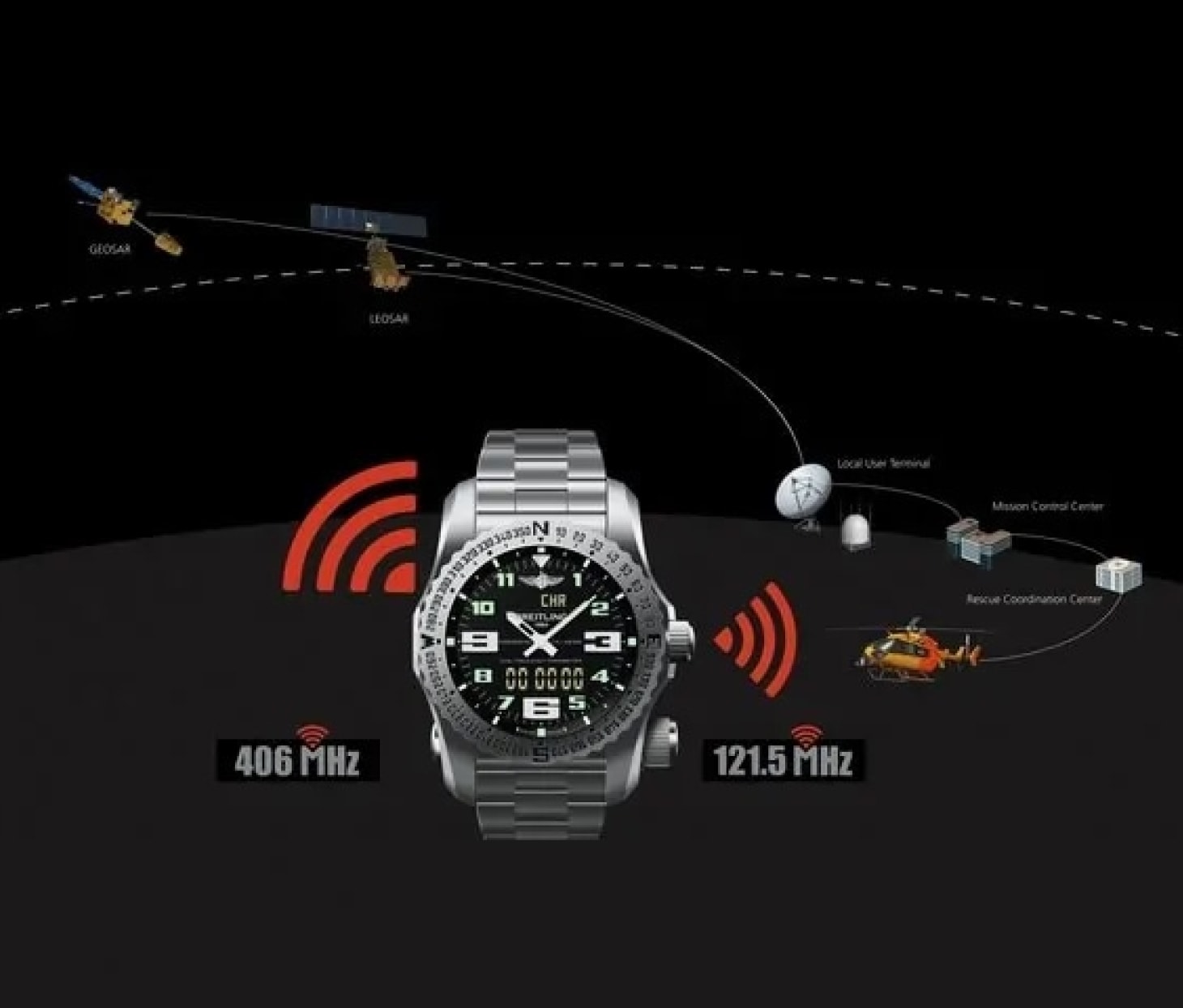

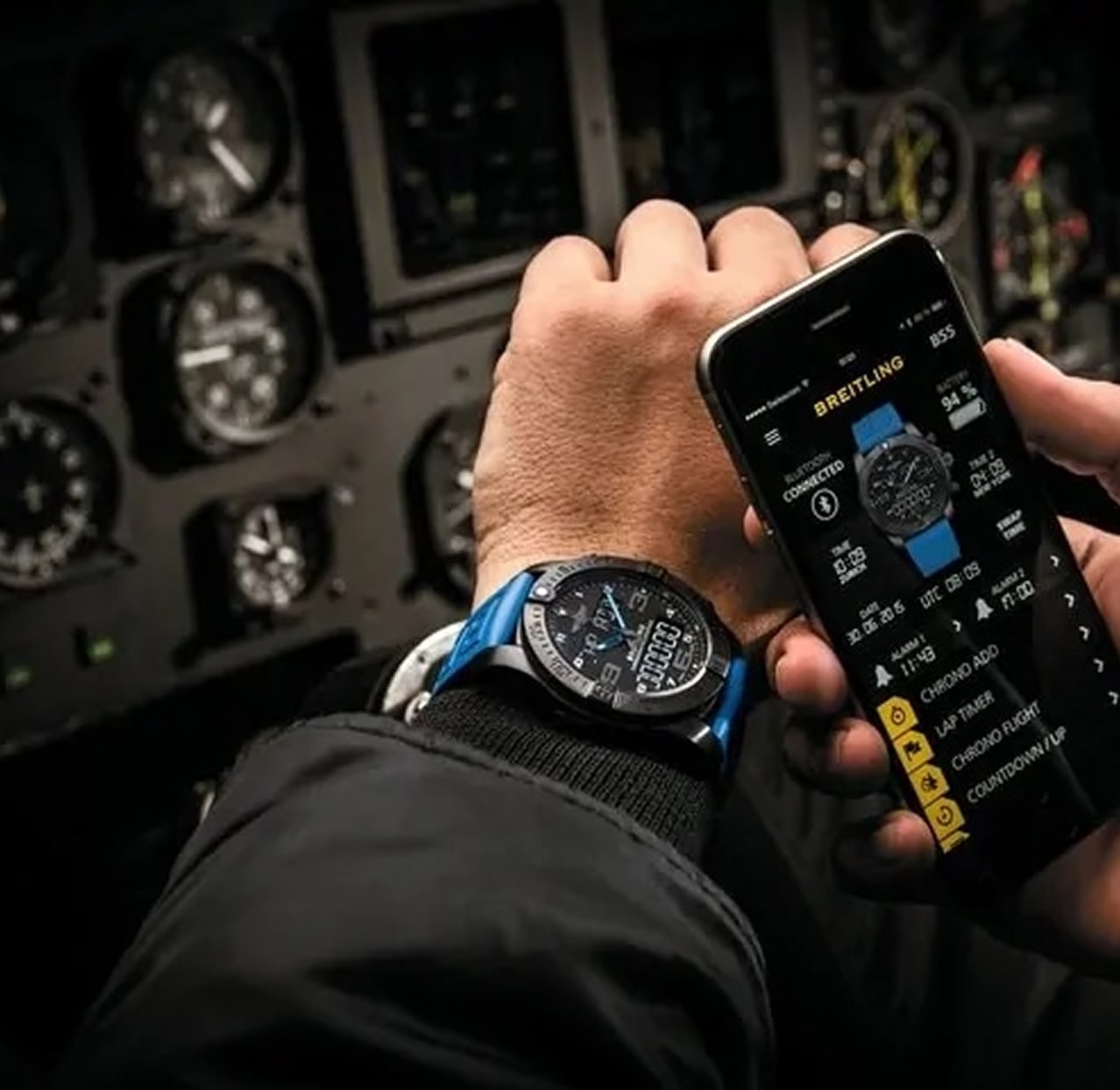

2015
EXOSPACE B55
A few years later, in 2015, Breitling brought its very own interpretation of the connected watch with the Exospace B55. It capitalized on both watch and smartphone strengths by allowing the smartphone to act as a remote control for the watch, for instance for quick updates of the functions or to adjust settings like time-setting, timezones, alarm, and chronograph functions. It also worked the other way around: the user could directly upload watch data like chronograph measurements of flight times, split times, and lap times to the phone and benefit from its larger screen and enhanced storage capacity as well as sharing capacities, for instance via email or other connected apps. With the Exospace B55 Yachting launched in 2018, the brand extended its remarkable smart instrument initially tailored for pilots to the world of sailing and proved Breitling to be the brand of “Instruments for Professionals.”
2020
ENDURANCE PRO
Designed as both a lightweight companion for athletes and a casual, everyday sports chronograph, the Endurance Pro was introduced as a fusion of high precision, innovative technology, and vibrant design. Its ultra-light Breitlight® case—3.3 times lighter than titanium and 5.8 times lighter than stainless steel—is non-magnetic, thermally stable, hypoallergenic, and highly resistant to scratches, traction, and corrosion. Warmer to the touch than metal with a subtly textured finish, Breitlight® adds a distinctive edge to the watch’s bold aesthetic.
